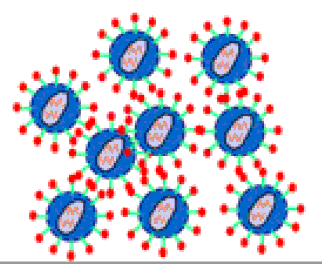Papers in the Biological Sciences
Date of this Version
12-2011
Document Type
Article
Citation
J Neuroimmune Pharmacol. 2011 December ; 6(4): 626–639. doi:10.1007/s11481-011-9272-9
Abstract
Despite the advent of antiretroviral therapy, complications of HIV-1 infection with concurrent drug abuse are an emerging problem. Opiates are well-known to modulate immune responses by preventing the development of cell-mediated immune responses. Their effect on the pathogenesis of HIV-1 infection however, remains controversial. Using the Simian Immunodeficiency Virus/ macaque model of HIV pathogenesis, we sought to explore the impact of morphine on disease progression and pathogenesis. Sixteen Rhesus macaques were divided into 2 groups; 4 were administered saline and twelve others morphine routinely. Both groups of animals were then inoculated with SIVmacR71/17E and followed longitudinally for disease pathogenesis. The morphine group (M+V) exhibited a trend towards higher mortality rates and retardation in weight gain compared to the virus alone group. Interestingly, a subset of M+V animals succumbed to disease within weeks post-infection. These rapid progressors also exhibited a higher incidence of other end-organ pathologies. Despite the higher numbers of circulating CD4+ and CD8+T cells in the M+V group, CD4:CD8 ratios between the groups remained unchanged. Plasma and CSF viral load in the M+V group was at least a log higher than the control group. Similarly there was a trend toward increased virus build-up in the brains of M+V animals compared with controls. A novel finding of this study was the increased influx of infected monocyte/macrophages in the brains of M+V animals.


Comments
Copyright © 2011 Springer Verlag. Used by permission.